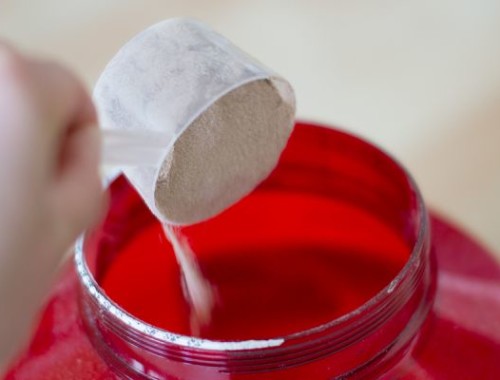Candida is an incredibly smart and sneaky fungus that can wreak havoc on our bodies when not kept in check. We naturally have this form of yeast in our bodies, but it is when our immune system becomes compromised and candida begins to overpopulate that trouble arises.
The sooner candida is treated, the faster the recovery time, but Candida is incredibly clever and tough to diagnose. It has actually evolved over time to ‘cloak’ itself with different layers so that the immune system will not attack it as it overpopulates. Sounds kinda scary, no? It is!
Here are some of the best ways to treat a Candida overgrowth:
Low-Carb, Low-Sugar Diet
Yeast feeds off of sugars, so it is crucial that refined carbs and sugars be kept to a minimum to essentially starve the Candida. You will want to eliminate refined sugars, like in candy and desserts, and alcohol and also limit your carbohydrate intake.
Candida feeds off of sugars, like in candy, alcohol and refined carbohydrates.
Anti-fungals
These are prescription drugs, such as Diflucan or Nystatin that, when Candida overgrowth is moderate to severe, can be used to attack the yeast systemically. These are very powerful medications and many are well known to elevate liver enzymes, so if this is the route you choose to take, be sure you are working with a healthcare professional that has experience with these drugs and understands how to properly monitor your liver during usage. These anti-fungals are not to be taken long term as they can cause serious damage to the liver if not monitored properly.
Supplementation
If you choose not to use a prescription, but still want to do more than just modify your diet, then supplements such as caprylic acid or oil of oregano can both help to kill the Candida.
Probiotics
Probiotics are used to replace the good bacteria in our gut. Especially if you have been on antibiotics in the past, probiotics are essential to restoring a healthy balance of the many bacteria that co-exist within our internal ecosystem. If you don’t build back up your good bacteria, there will always be that empty real estate just waiting for yeast to move right in.
As I mentioned, Candida is a very clever, ever-evolving bug that can be incredibly difficult to get control over once it has been unleashed within your system. The signs and symptoms can often be confused with many other diseases, so seeking the advice of a healthcare professional is often needed.
While these steps I’ve discussed are all going to bring you great benefits and get you on the right path to healing your gut and restoring balance, you may also want to consider consulting with a holistic-minded doctor for support through this tricky process as well.





No Comments